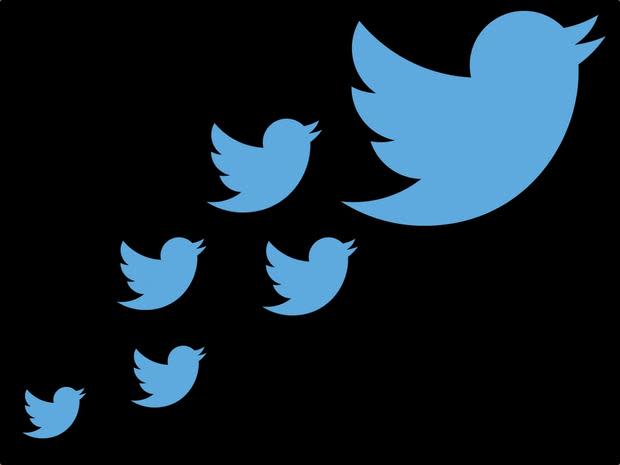What professionals should know about Twitter group direct messages

Image: Conner Forrest/TechRepublic
Earlier this month, Twitter announced the addition of a feature that allows users to send group direct messages to up to 20 people. The followers you add don't need to be following each other to be in on the conversation. Within a group direct message (DM) users can share text, tweets, pics, and emojis, but there isn't a video sharing capability just yet.
Twitter rolled out group DM alongside new video capturing and editing capabilities, as well as other small changes like the "While you were away" features that catches you up on tweets you might have missed.
"I think you can very safely thread your way through a lot of Twitter's moves in the last few weeks and connect them to shifts in engagement patterns with Facebook and other networks, and the looming threat of increased engagement with messaging apps," said Gartner analyst Julie Hopkins.
She sees a line between something like Snapchat's newly introduced feature "Discover," which partners with media outlets and delivers content, to the "While you were away" feature -- both drive similar engagement with top stories.
"As engagement proliferates I think everyone is going to be scrambling to keep eyeballs focused," she said.
The rise of messaging apps might be another factor, said Carmen Sutter, product manager at Adobe Social.
"I think it was definitely not combating but taking on Facebook with their WhatsApp investment, especially because Facebook hasn't done anything with that yet," Sutter said.
It could create "stickiness" for Twitter users.
"One of the goals, I'm sure, for Twitter is to have people on your platform and not jump over to iMessage because they want to talk to a few people at once," Sutter said.
While Twitter won't be able to totally prevent that -- people build up not only contacts but patterns for the way they communicate amongst themselves -- keeping people on the platform could be of increasing importance, Sutter said, as exposing them to advertising also increases in importance.
Aside from keeping people on Twitter, Altimeter founder Charlene Li sees one of the main benefits being pulling people back into Twitter.
So, instead of just going to Twitter when you remember or when you feel like it, notifications could serve to keep users coming back into the ongoing group conversations they're having.
And that's another point Li brought up -- these conversations don't go away.
"I can continue the dialog in the conversation with this very special, unique group," she said.
For business users, this idea could have a handy side effect -- networking.
"It's one thing to know somebody's cell phone and text them that way. It's very personal, again people that I know that I want to stay in touch with and I know them primarily through their Twitter handle and that's a very different type of relationship," she said.
Or, as Sutter said, it plays into the nature of Twitter.
"Twitter is such a public and open network for being able to follow somebody and have them follow you. You might never know that person in real life, but now you can have a private conversation with them," she said.
While there's no immediate talk of brand usage for Twitter group DM, Sutter said she anticipates brands getting creative with the feature.
She said brands might be able to use the group DM feature to reach a select group of fans or advocates without being too public about it, or for specific targeting, which in some ways shadows apps like Yo and Snapchat in terms of pinging their network of followers.
But before that happens, Georgetown University distinguished professor Betsy Sigman thinks Twitter might have to work out some security details, especially if a brand or notable figure wants to use the feature.
Sigman also hopes that Twitter will add the capability to send video through these threads, as video is more and more important.
As for this recent string of innovations, Li sees it as indicative of a larger shift on the part of Twitter from a more passive medium based on following, to a communication tool, to, eventually, a tool for content creation with the ability to publish to a small group of people.

